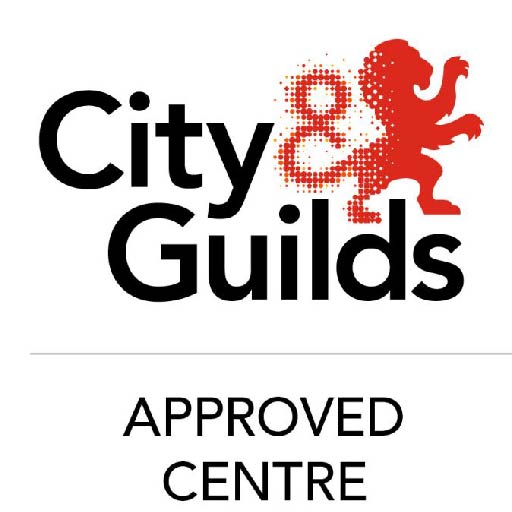Vacuuming the system removes all traces of air, moisture and nitrogen that may be present in a system. Air and Nitrogen are non-condensable gasses which can cause high head pressures, high discharge temperatures, inefficient operation, high pressure trips and system failure.
Moisture can lead to component blockage and the possible formation of acids leading to compressor failure. A correctly charged system should contain refrigerant and oil, nothing else.
The following points will aid you in achieving a good vacuum
- leakage pressure test to EN378: 2008 must be achieved prior to starting the evacuation
- You should use a well-maintained vacuum pump with a gas ballast
- Use fresh vacuum pump oil and have Oxygen Free Nitrogen (O.F.N.) available for a triple evacuation
- Use short, large diameter lines whenever possible to aid the process of evacuation
- all service valves should be mid seated.
- Tighten service valve packing glands and refit service valve stem caps.
- Use the correct vacuum pump oil and replace the oil between each use.
- Vacuum the system to a low enough level to remove all moisture based on the ambient temperature (See System evacuation part 1 for guidance)
- Be patient
For further info see



